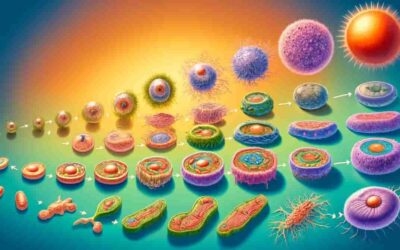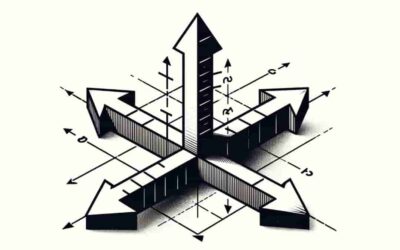The intersection of two sets A & B is defined as a set that contains only those members which are common to both A and B.
The intersection operation is denoted by the symbol ∩.
Remember, for two disjoint sets (sets having no common elements), the intersection results in an empty set (∅).
Example ⇒
If A = { 1, 2, 3, 4 } and B = { 1, 4, 5, 6 }
Then A ∩ B = { 1, 4}
Similarly, if A = { 1, 1, 1, 2, 3 } and B = { 1, 1, 2, 2, 4 }
Then A ∩ B = { 1, 2 }
Similarly, if A = { dog, cat, cow } and B = { peacock, bull }
Then A ∩ B = ∅ (null set as there are no common animals between A and B)





0 Comments